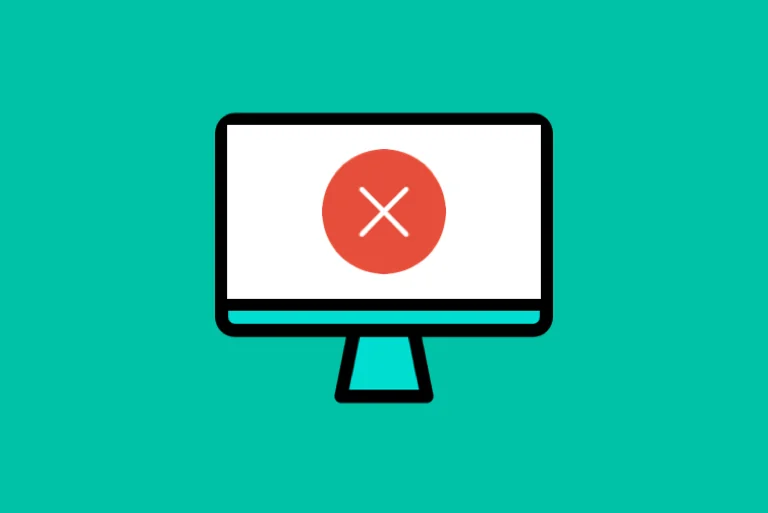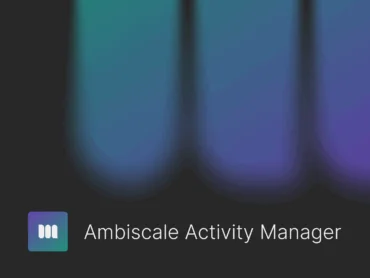10 Most Common WordPress Mistakes to Avoid

When it comes to WordPress, the most frustrating issues concern plugins, SEO, as well as browser compatibility and poor content. Here are 10 of the most common WordPress mistakes to avoid when you get started.
1. The Most Common WordPress Mistake: Plugins of Unknown Origin
Using plugins from unidentified sources leads to serious consequences both in terms of the functionality and security of the site.
Search only for safe solutions:
- Use the official WordPress marketplace
- Choose plugins with a large number of downloads and positive reviews by users, and the last update more recent than 3 months from now.
- Use verified directories from the WordPress plugins repository
- Choose marketplaces offering plugins such as the CodeCanyon
- Use marketplaces of proven providers of WordPress plugins such as the WPMU DEV
2. WordPress Permalink Structure Not Working
The lack of user-friendly links makes it difficult to position a website in the Google Search.
You can enter the permalink changes by going to Settings » Permalinks in the WordPress panel. Use the right keywords in the structure to get the most out of the SEO’s potential.
3. Google Doesn’t Index the Website
Another big WordPress mistake, which prevents the website from getting indexed in the search engine, is to leave the lock for its indexation in the WordPress panel active.
Check if you have unlocked this option by going to Setting » Reading Page, and scroll down to the Search Engine Visibility box. Select this option. Google will now crawl and index the site.
4. WordPress is Not Sending Emails
One of the most commonly asked WordPress-related questions on Google is how to fix the problem of this CMS not sending out emails. The reason for this is that the WordPress hosting servers are often not configured to use the PHP mail() function. This should be one of the options your hosting provider offers – sending emails directly from your domain – so make sure you have it all set up well. Usually, you’d need to use your cpanel or some other, similar hosting control panel for this purpose.
5. Comment Spam on the WordPress Website
Spam comments can be a downright annoying waste of time. There are different strategies you can use to stop WordPress comment spam. You can reduce the number of links allowed per post or create a list of ‘blacklisted’ words, for instance. Setting up a comment moderation system is another way of reducing comment spam. You can also use an anti-spam plugin or move to a third-party comments plugin.
6. “Just Another WordPress Site…”
Not removing the WordPress demo content, including the sample page, is another big mistake. The search engines are allowed to crawl and index these, and interpret them as duplicate content. Search engines penalize duplicate content as low-quality pages. You should delete all such default content, including the “Just Another WordPress Site…” tagline.
7. Handling the Non-translated Elements of Your WordPress Website
Almost every multilingual site has some untranslated content. Make sure that all themes and plugins you have used are fully translated. It’s especially important when you use a ready-made WordPress theme.
Shortages in translations can be completed using the Loco Translate plugin. After installing it, in the “home” section, you’ll find a list of active plugins and themes that you can directly translate from there.
8. Picking the Wrong WordPress Platform
Basically, there are two types of WordPress: WordPress.com which is a blog hosting service, and WordPress.org, the famous self-hosted WordPress platform. It’s extremely crucial to know what’s the difference between them. First one is most suitable for any type of bloggers. If you want to have total control over your website, choose WordPress.org.
9. Ignoring WordPress Updates
WordPress developers and contributors are constantly working on improving the platform. Ignoring such updates can result in a security vulnerability, loss in speed and efficiency, among other things. Code is a living creature and it needs to be properly maintained. So updating your website isn’t an option. You should never forget about that.
10. Not Optimizing Images for the Website
If you add images to your website without optimizing them, then this affects your website speed. Remember that the website loading speed affects conversion. Optimizing photos leads to faster page loading and better user experience.
You can use Photoshop or other online tools to reduce the image file size before uploading it, like tinyjpg.com for example.
What else would you recommend new WordPress users avoid? Help grow our WordPress mistakes list in the comments below!


